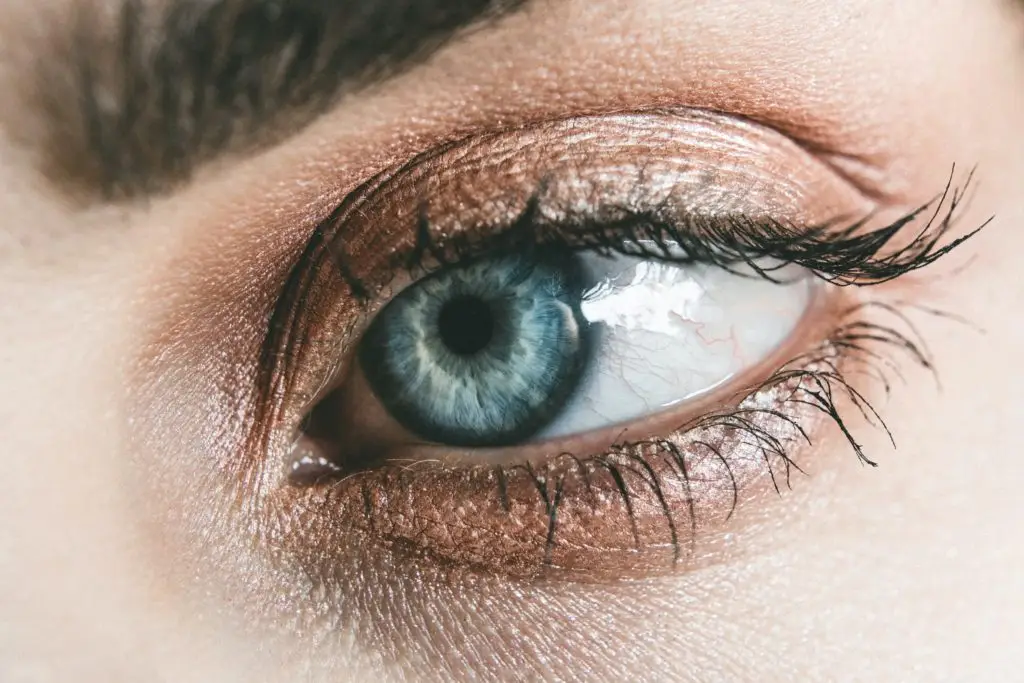Cataracts Awareness Month - June 2022

- June Declared Cataract Awareness Month to Educate Public on World’s Leading Cause of Vision Loss – Prevent Blindness – Prevent Blindness has declared June as Cataract Awareness Month to educate the public on symptoms, types of cataract, cataract surgery and more. (preventblindness.org)
With June being Cataracts Awareness Month, we wanted to use this campaign as an opportunity to raise awareness of this eye condition and how it affects your sight and how it can be treated.
What do early-stage cataracts look like?
If you start to experience blurry vision, poor night vision, glare from lights and/or washed out sight (making colours seem duller), and you fall into one of the lifestyle categories listed below, then chances are you need to book a comprehensive eye exam to rule out cataracts. Those that are likely to be more affected are:
- Over 65 years old – age-related macular degeneration can cause cataracts to the eyes in this age group (however, there are cases of people in their 40s and 50s developing cataracts)
- Long-term exposure to the sun and its UV rays – especially if the person doesn’t wear sunglasses to protect their eyes.
- Eye injury – if someone has had trauma to their eye or had eye surgery in the past, they are more likely to develop a cataract.
- Health conditions – people with diabetes and obesity have been known contributors to early cataract development
- Medical history – particular medicines, such as steroids, can increase the risk factors of cataracts.
So what are cataracts?… Inside our eyes, we have a natural lens like a small transparent disc that acts as a natural lens to focus light rays onto the retina. A cataract forms when cloudy patches (caused by protein build-up) appear in the lens and causes vision impairment such as blurred vision and eventual blindness.
What are the three types of cataracts?
Nuclear Cataract – This is when the condition starts in the centre of the lens (the nucleus) and develops slowly over time to spread to other layers of the eye. It is caused by old age because the lens of your eyes hardens and becomes dense as new fibres form around the edge of the lens.
Cortical Cataract – This is when the eye condition starts in the outer edge of the lens and develops a star pattern as it spreads inwards. This type of cataract is more likely to develop in those with diabetes, as well as those who have experienced high levels of sun exposure over their lifetime.
Posterior Capsule Cataract – This is when the back of the lens is affected (the lens capsule is what the lens sits inside). This can affect those with the following medical conditions: diabetes, extreme near-sightedness if you use steroids or radiation exposure. It makes it difficult to see in bright light.
When should my cataracts be removed?
- Cataract surgery involves replacing the cloudy lens inside your eye with an artificial one. It has a high success rate in improving your eyesight. It can take 2 to 6 weeks to fully recover from cataract surgery. (www.NHS.uk/conditions/cataract-surgery/)
If cataracts are detected during one of your routine sight tests and eye health checks that Opticall carries out when they visit, you will be referred to the NHS for treatment. Surgery to replace the lens is the only treatment and will help improve your eyesight and quality of life. You can choose not to have the cataract operation or delay this, but there will be no improvement otherwise.
Before the eye surgery, you will meet a specialist eye doctor who will take measurements, explain the surgical procedure, and answer any questions you may have. The cataract operation would only take 30 to 45 minutes under local anaesthetic to replace the lens in one eye.
If you suspect that you or a loved one have cataract symptoms, please give us a call to organise for one of our mobile home-visiting opticians to come and carry out a comprehensive NHS sight test and eye health check so we can discuss and assess your concerns. Please call us on 020 8998 4228 today.

